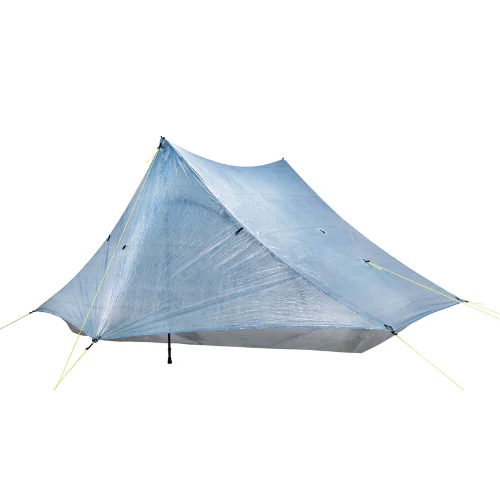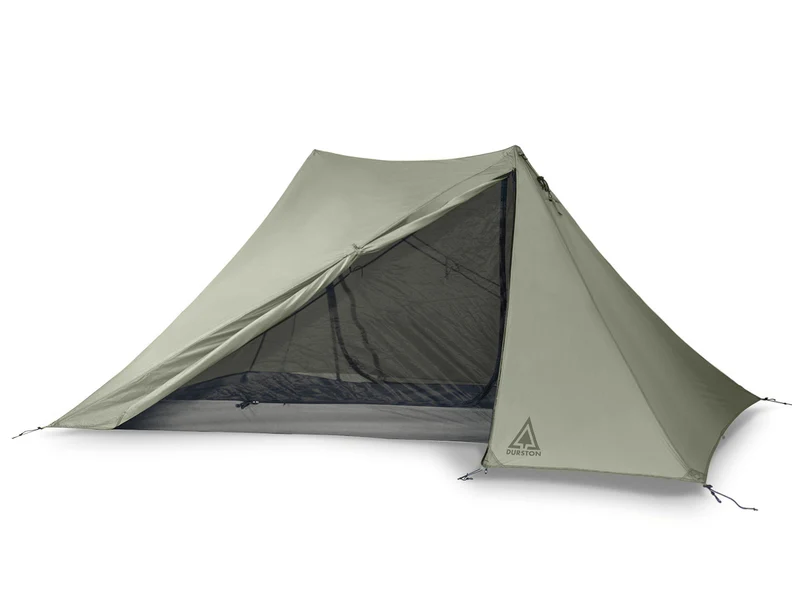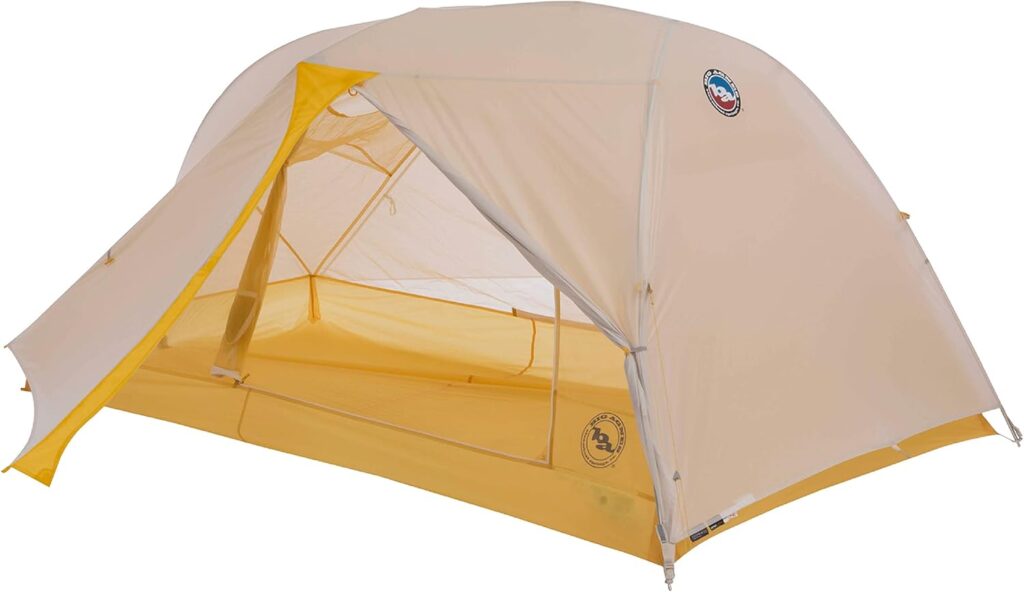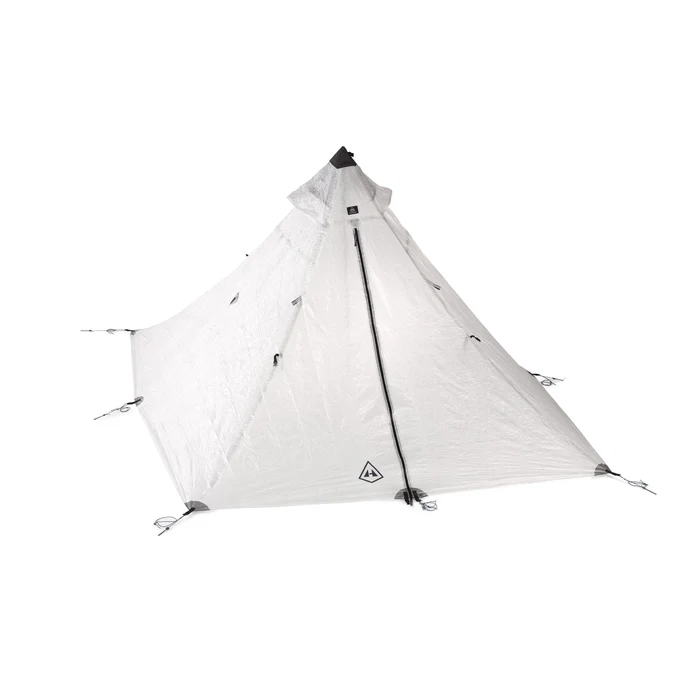<script type="text/javascript" src="http://classic.avantlink.com/affiliate_app_confirm.php?mode=js&authResponse=c4e13e1b9b5acdedad16d533a16f7bf0c234d607"></script>
<script type="text/javascript" src="http://classic.avantlink.com/affiliate_app_confirm.php?mode=js&authResponse=c4e13e1b9b5acdedad16d533a16f7bf0c234d607"></script>

When every ounce matters, ultralight tents are the go-to choice for backpackers, long-distance hikers, and minimalist campers. These tents offer a balance of weight savings, durability, and weather protection without sacrificing comfort. But with so many options available, how do you choose the best ultralight tent for your needs?
In this guide, we’ll break down the key factors to consider, compare different types of ultralight tents, and recommend top-rated models for your next adventure. If you’re also looking for other lightweight gear, check out our Best Ultralight Sleeping Pads for a complete lightweight setup.
🔹 Best for minimalist hikers: A tent under 2.5 lbs offers the best balance of weight and durability.
👉 Pairs well with: Best Ultralight Backpacks for reducing pack weight.
🔹 Best for all-season camping: Double-wall tents provide better comfort in varying climates.
🔹 Best for ultralight backpacking: Non-freestanding trekking pole tents reduce overall pack weight.
🔹 Best for weight savings: Dyneema tents are ultra-light but come at a premium cost.
🔹 Best for comfort: Opt for a 2-person tent if you want extra space for gear.
👉 Pairs well with: Best Lightweight Sleeping Pads for a spacious sleep system.
🔹 Best for rainy conditions: A full-coverage rainfly ensures better weather protection.

🔹 Best for thru-hikers: One of the lightest and most durable tents on the market.
👉 Pairs well with: Best Ultralight Backpacks for long-distance treks.

🔹 Best for budget-conscious ultralight hikers: Offers great value without sacrificing performance.
👉 Pairs well with: Best Budget Sleeping Bags for an affordable lightweight setup.

🔹 Best for easy setup: Freestanding design is ideal for all terrains.
👉 Pairs well with: Best Car Camping Sleeping Pads for added comfort.

🔹 Best for stormy conditions: Handles high winds and rain better than most ultralight tents.
👉 Pairs well with: Best Cold-Weather Sleeping Pads for extreme adventures.
| Tent | Weight | Capacity | Material | Best For |
|---|---|---|---|---|
| Zpacks Duplex | 1 lb 3 oz | 2P | Dyneema | Best Overall |
| Durston X-Mid 1P | 2 lbs 2 oz | 1P | Silpoly | Best Budget |
| Big Agnes Tiger Wall UL2 | 2 lbs 8 oz | 2P | Silnylon | Best Freestanding |
| Hyperlite Ultamid 2 | 1 lb 3 oz | 2P | Dyneema | Best for Harsh Weather |
🔹 Best for all-around use: The Zpacks Duplex is one of the lightest and most durable ultralight tents available.
Choosing the best ultralight tent depends on your backpacking style, weather needs, and budget.
Looking for more lightweight camping gear? Check out our Best Sleeping Pads of 2025 for a complete ultralight setup!